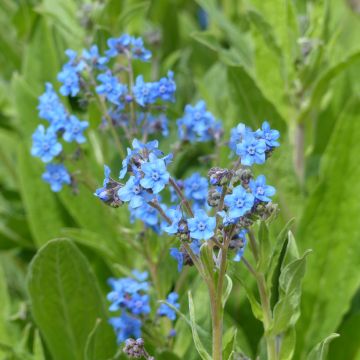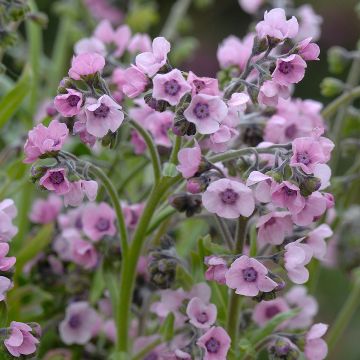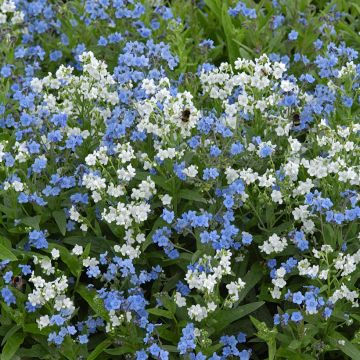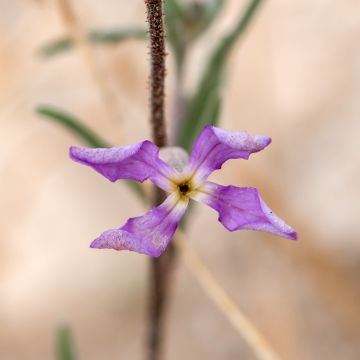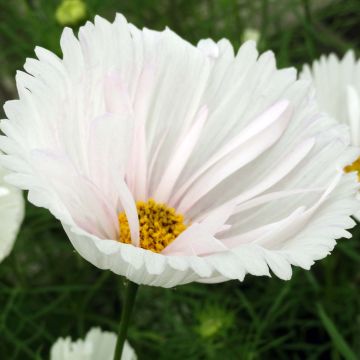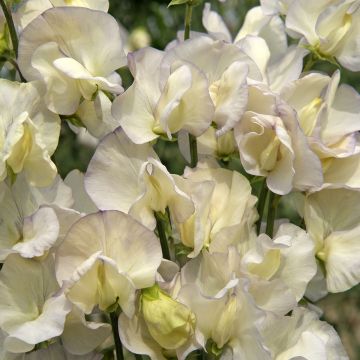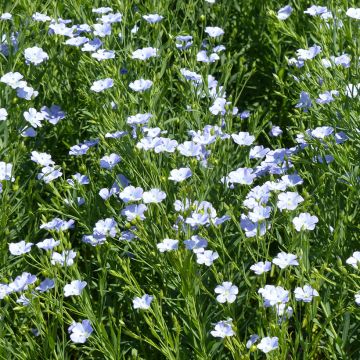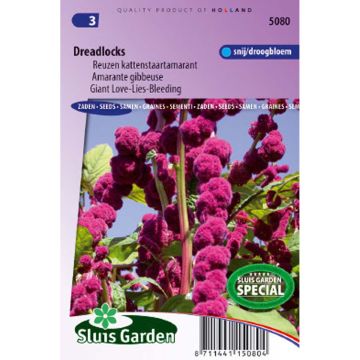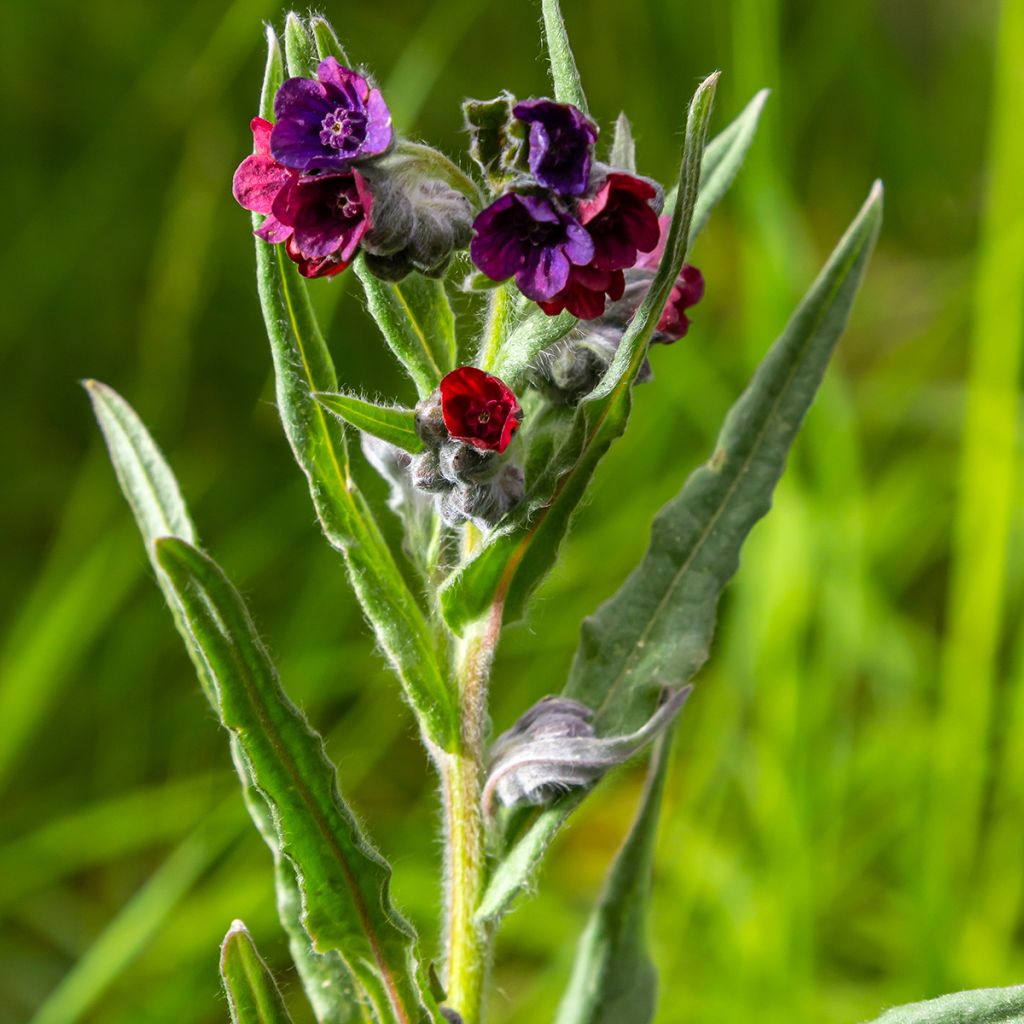

Cynoglossum officinale
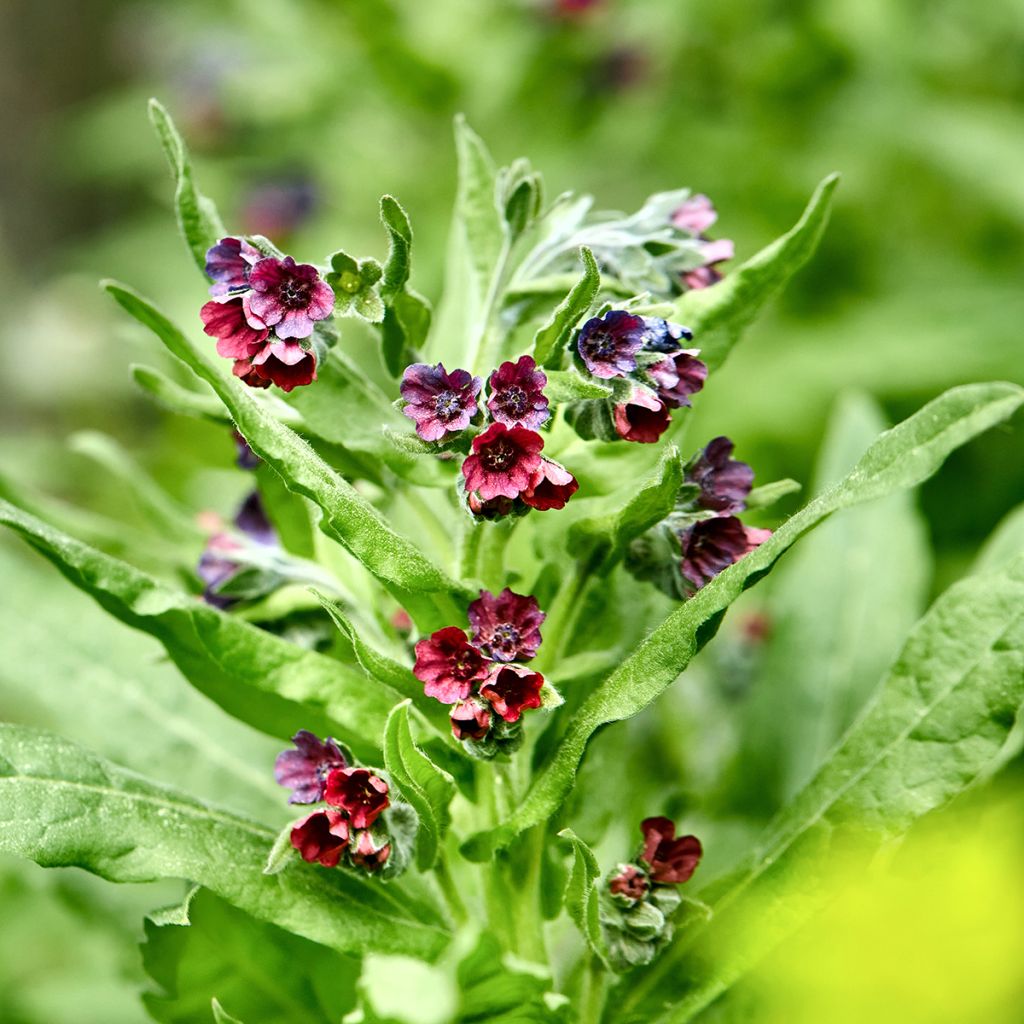

Cynoglossum officinale
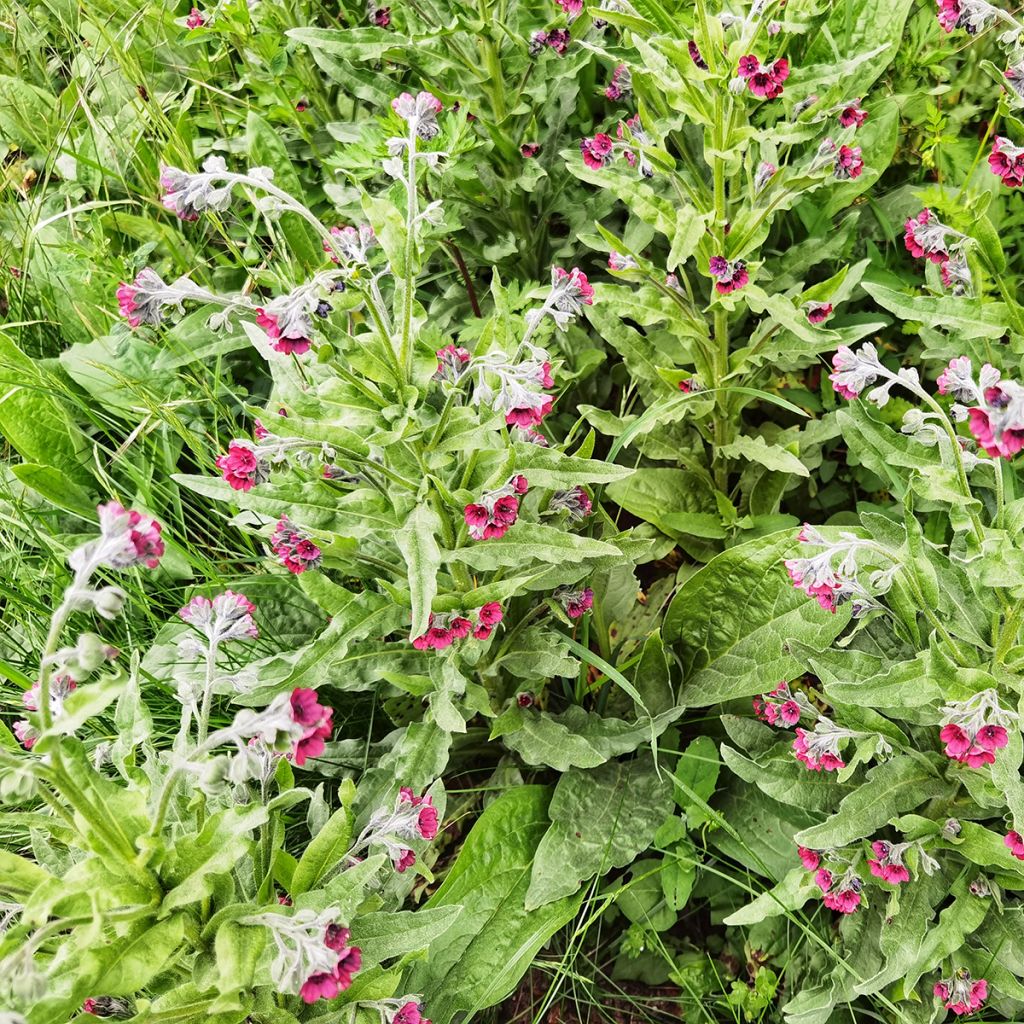

Cynoglossum officinale
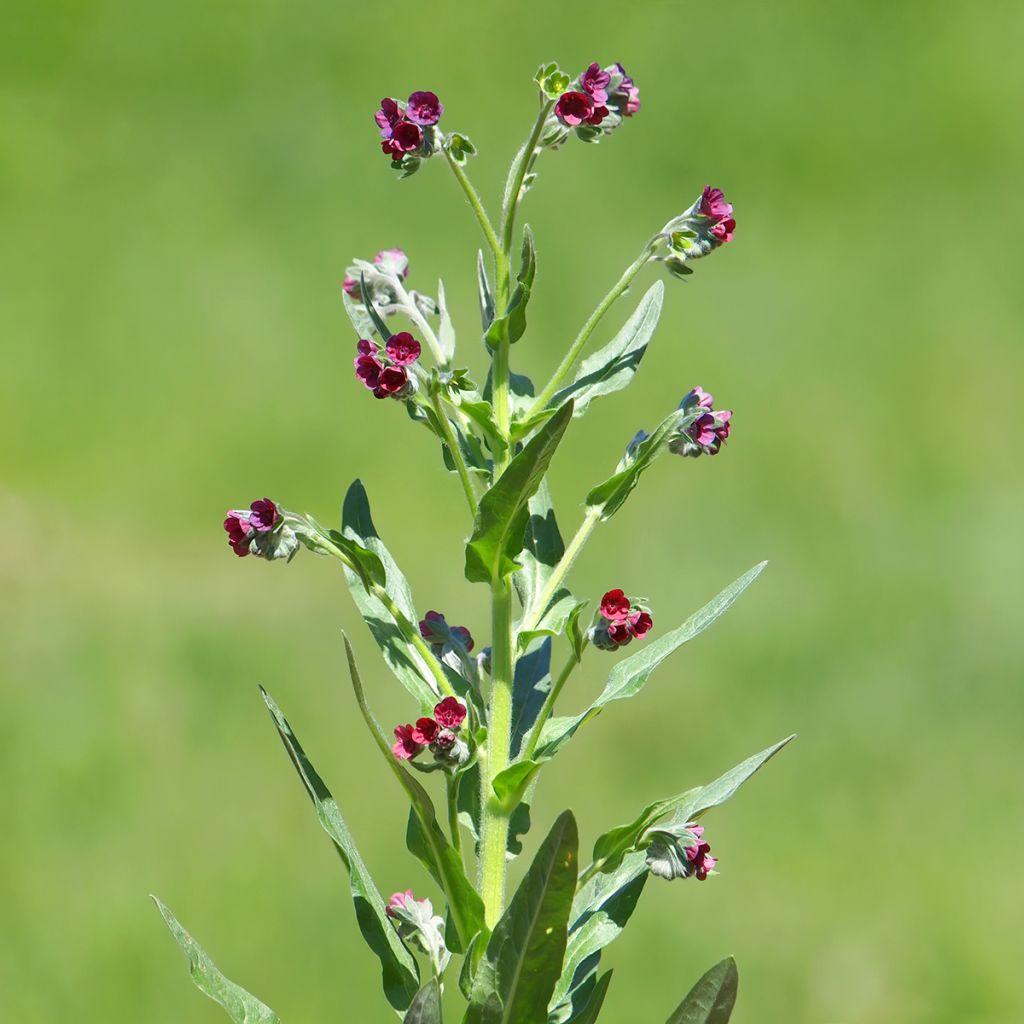

Cynoglossum officinale
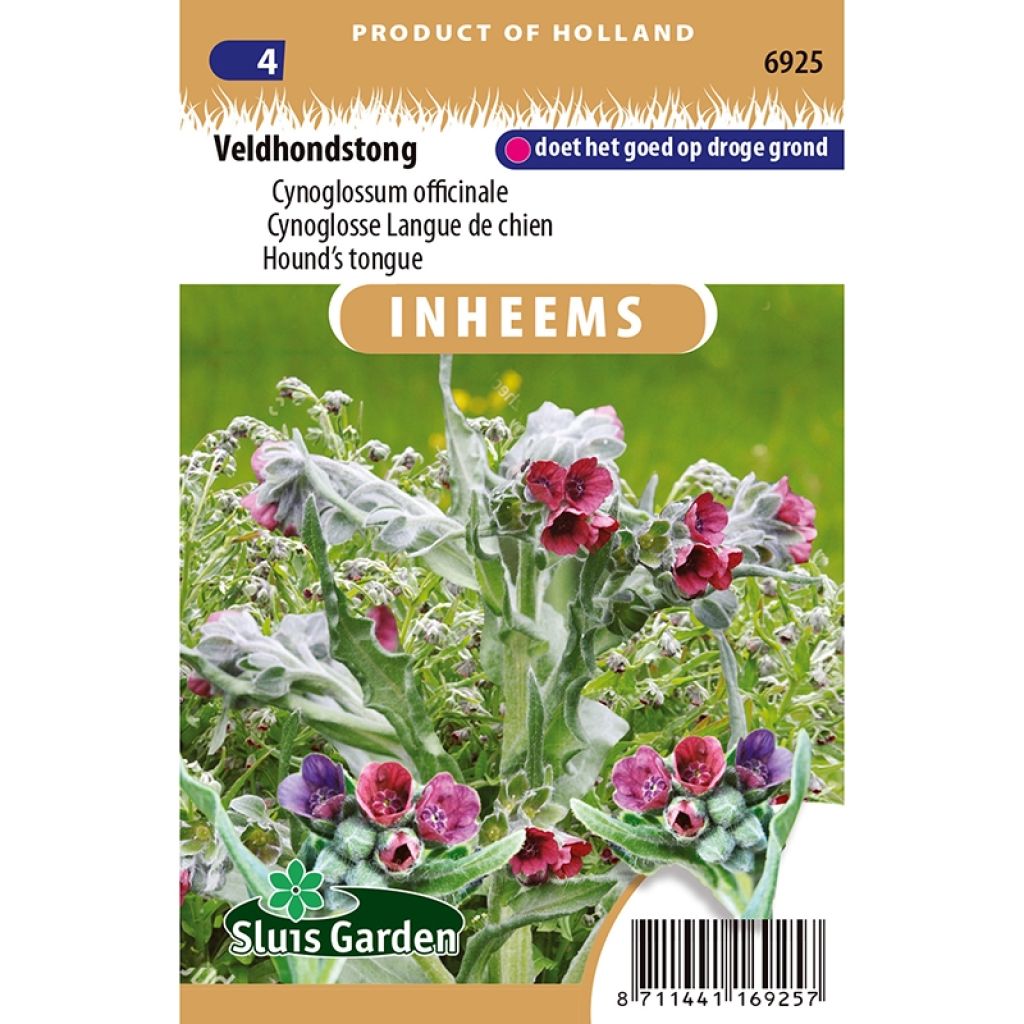

Cynoglossum officinale
Cynoglossum officinale
Cynoglossum officinale
Hound's-tongue, Gypsyflower
Special offer!
Receive a €20 voucher for any order over €90 (excluding delivery costs, credit notes, and plastic-free options)!
1- Add your favorite plants to your cart.
2- Once you have reached €90, confirm your order (you can even choose the delivery date!).
3- As soon as your order is shipped, you will receive an email containing your voucher code, valid for 3 months (90 days).
Your voucher is unique and can only be used once, for any order with a minimum value of €20, excluding delivery costs.
Can be combined with other current offers, non-divisible and non-refundable.
Home or relay delivery (depending on size and destination)
Schedule delivery date,
and select date in basket
This plant carries a 6 months recovery warranty
More information
We guarantee the quality of our plants for a full growing cycle, and will replace at our expense any plant that fails to recover under normal climatic and planting conditions.
Would this plant suit my garden?
Set up your Plantfit profile →
Description
Cynoglossum officinale, better known as the Common Hound's-tongue or Gypsywort, is a species of our native flora that was once used as a medicinal plant before it was discovered to be toxic, particularly to livestock but also to humans. Often considered a biennial, it blooms in the second year after sowing. Its small, rather inconspicuous flowers, which change in coloUr, range from bluish-violet to reddish-purple and then to dark purple. After pollination, fruits resembling small balls covered in hooks form. The Common Hound's-tongue is sown under cover in March-April or directly in the open ground in May.
Cynoglossum officinale belongs to the Boraginaceae family, just like borage and forget-me-nots. It is native to temperate zones of Europe, Asia, and North America, and is primarily found in uncultivated areas, on rocky slopes, in debris, and along paths. In the first year, this hound's-tongue forms a basal rosette composed of petiolate leaves, greyish-green in colour, elliptical to oblong in shape, measuring between 8 and 12cm (3 and 5in) long. From May of the following year, upright and branched stems rise from the rosette. They bear long, soft, pointed, trailing leaves with sheathing bases. At their ends, a flexible inflorescence called a cyme forms. They bear small flowers measuring 3 to 6mm in diameter, each composed of a tubular corolla opening into 5 spread-out lobes. Their colour changes from bluish-violet to reddish-purple and finally to dark purple. The fruits, called achenes, are covered in small hooked prickles. These fruits cling to anything they touch, ensuring their dispersal by furry animals or humans. When crushed, the vegetation of this hound's-tongue emits an odor reminiscent of mice. The entire plant contains mucilage, tannins, and liver-toxic alkaloids. Nowadays, this medicinal plant is no longer used internally or in homeopathy.
The Common Hound's-tongue possesses the robustness and hardiness of wild plants. This simple field flower is ideal for brightening up neglected areas of the garden, including poor soils, alongside Phacelia, sainfoin, cornflowers, and vetches, for example.
Report an error about the product description
Flowering
Foliage
Plant habit
Botanical data
Cynoglossum
officinale
Boraginaceae
Hound's-tongue, Gypsyflower
Western Europe
Other Cynoglossum seeds - Hound's tongue
View all →Planting and care
Sow the Hound's Tongue seeds directly outdoors, in place, from late April to June. Choose a sunny location with well-drained, properly prepared and loosened soil. Sow the seeds thinly, barely covering them, in furrows spaced 30cm (12in) apart. Water regularly, especially during dry periods. When the plants are large enough to handle, transplant them 15cm (6in) apart.
Another option is to sow indoors in February-March, in a seed tray. Sow on the surface of good quality compost at a temperature of 18-23 °C, and cover with a pinch of very fine compost or vermiculite. Keep the seedlings in light, as it facilitates germination. When the seedlings are large enough to be moved, proceed with transplantation and grow them in a protected area from the cold until the young plants are large enough to be moved outdoors.
The officinal Hound's Tongue thrives in well-drained soils, preferably with a limestone tendency.
Sowing period
Intended location
Planting & care advice
This item has not been reviewed yet - be the first to leave a review about it.
Similar products
Haven't found what you were looking for?
Hardiness is the lowest winter temperature a plant can endure without suffering serious damage or even dying. However, hardiness is affected by location (a sheltered area, such as a patio), protection (winter cover) and soil type (hardiness is improved by well-drained soil).

Photo Sharing Terms & Conditions
In order to encourage gardeners to interact and share their experiences, Promesse de fleurs offers various media enabling content to be uploaded onto its Site - in particular via the ‘Photo sharing’ module.
The User agrees to refrain from:
- Posting any content that is illegal, prejudicial, insulting, racist, inciteful to hatred, revisionist, contrary to public decency, that infringes on privacy or on the privacy rights of third parties, in particular the publicity rights of persons and goods, intellectual property rights, or the right to privacy.
- Submitting content on behalf of a third party;
- Impersonate the identity of a third party and/or publish any personal information about a third party;
In general, the User undertakes to refrain from any unethical behaviour.
All Content (in particular text, comments, files, images, photos, videos, creative works, etc.), which may be subject to property or intellectual property rights, image or other private rights, shall remain the property of the User, subject to the limited rights granted by the terms of the licence granted by Promesse de fleurs as stated below. Users are at liberty to publish or not to publish such Content on the Site, notably via the ‘Photo Sharing’ facility, and accept that this Content shall be made public and freely accessible, notably on the Internet.
Users further acknowledge, undertake to have ,and guarantee that they hold all necessary rights and permissions to publish such material on the Site, in particular with regard to the legislation in force pertaining to any privacy, property, intellectual property, image, or contractual rights, or rights of any other nature. By publishing such Content on the Site, Users acknowledge accepting full liability as publishers of the Content within the meaning of the law, and grant Promesse de fleurs, free of charge, an inclusive, worldwide licence for the said Content for the entire duration of its publication, including all reproduction, representation, up/downloading, displaying, performing, transmission, and storage rights.
Users also grant permission for their name to be linked to the Content and accept that this link may not always be made available.
By engaging in posting material, Users consent to their Content becoming automatically accessible on the Internet, in particular on other sites and/or blogs and/or web pages of the Promesse de fleurs site, including in particular social pages and the Promesse de fleurs catalogue.
Users may secure the removal of entrusted content free of charge by issuing a simple request via our contact form.
The flowering period indicated on our website applies to countries and regions located in USDA zone 8 (France, the United Kingdom, Ireland, the Netherlands, etc.)
It will vary according to where you live:
- In zones 9 to 10 (Italy, Spain, Greece, etc.), flowering will occur about 2 to 4 weeks earlier.
- In zones 6 to 7 (Germany, Poland, Slovenia, and lower mountainous regions), flowering will be delayed by 2 to 3 weeks.
- In zone 5 (Central Europe, Scandinavia), blooming will be delayed by 3 to 5 weeks.
In temperate climates, pruning of spring-flowering shrubs (forsythia, spireas, etc.) should be done just after flowering.
Pruning of summer-flowering shrubs (Indian Lilac, Perovskia, etc.) can be done in winter or spring.
In cold regions as well as with frost-sensitive plants, avoid pruning too early when severe frosts may still occur.
The planting period indicated on our website applies to countries and regions located in USDA zone 8 (France, United Kingdom, Ireland, Netherlands).
It will vary according to where you live:
- In Mediterranean zones (Marseille, Madrid, Milan, etc.), autumn and winter are the best planting periods.
- In continental zones (Strasbourg, Munich, Vienna, etc.), delay planting by 2 to 3 weeks in spring and bring it forward by 2 to 4 weeks in autumn.
- In mountainous regions (the Alps, Pyrenees, Carpathians, etc.), it is best to plant in late spring (May-June) or late summer (August-September).
The harvesting period indicated on our website applies to countries and regions in USDA zone 8 (France, England, Ireland, the Netherlands).
In colder areas (Scandinavia, Poland, Austria...) fruit and vegetable harvests are likely to be delayed by 3-4 weeks.
In warmer areas (Italy, Spain, Greece, etc.), harvesting will probably take place earlier, depending on weather conditions.
The sowing periods indicated on our website apply to countries and regions within USDA Zone 8 (France, UK, Ireland, Netherlands).
In colder areas (Scandinavia, Poland, Austria...), delay any outdoor sowing by 3-4 weeks, or sow under glass.
In warmer climes (Italy, Spain, Greece, etc.), bring outdoor sowing forward by a few weeks.






























